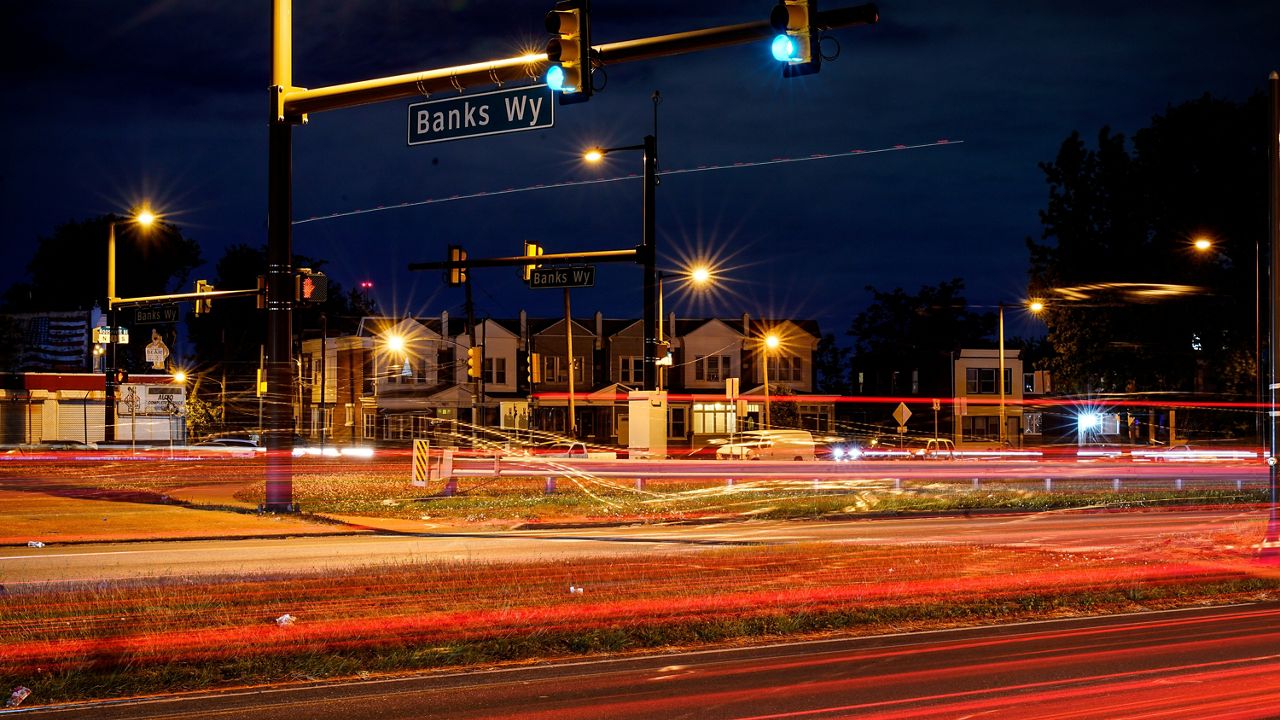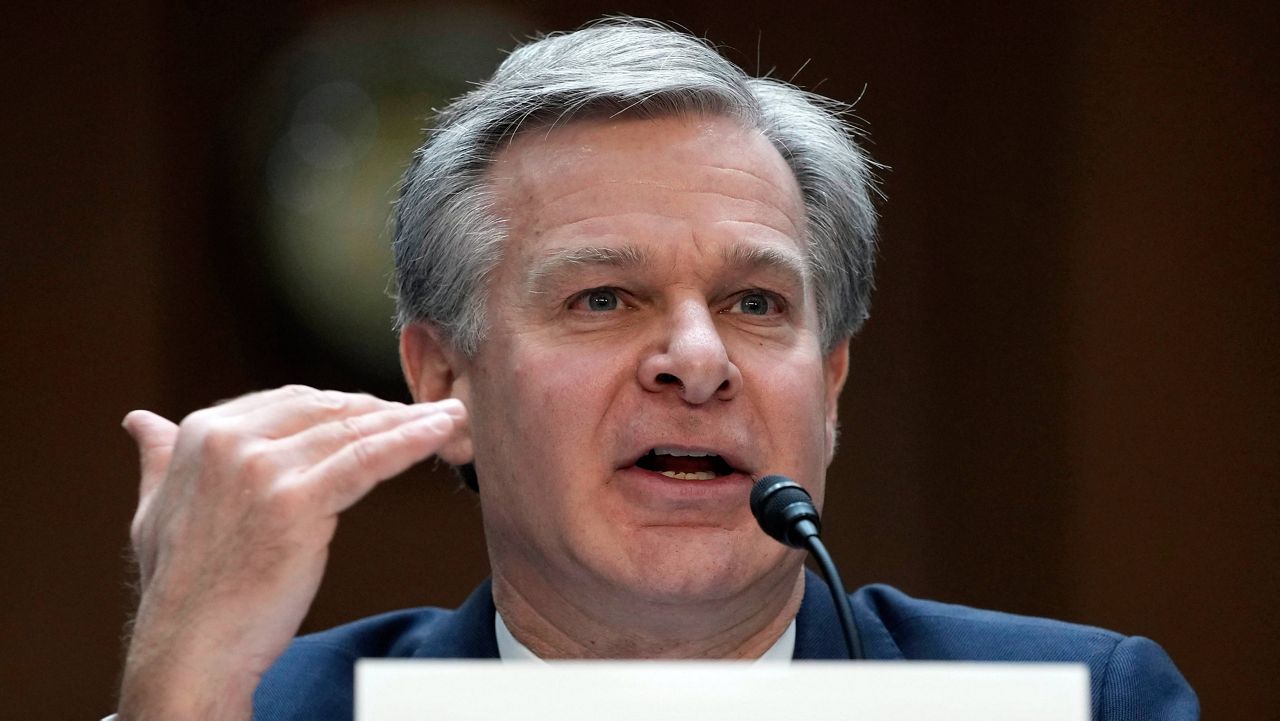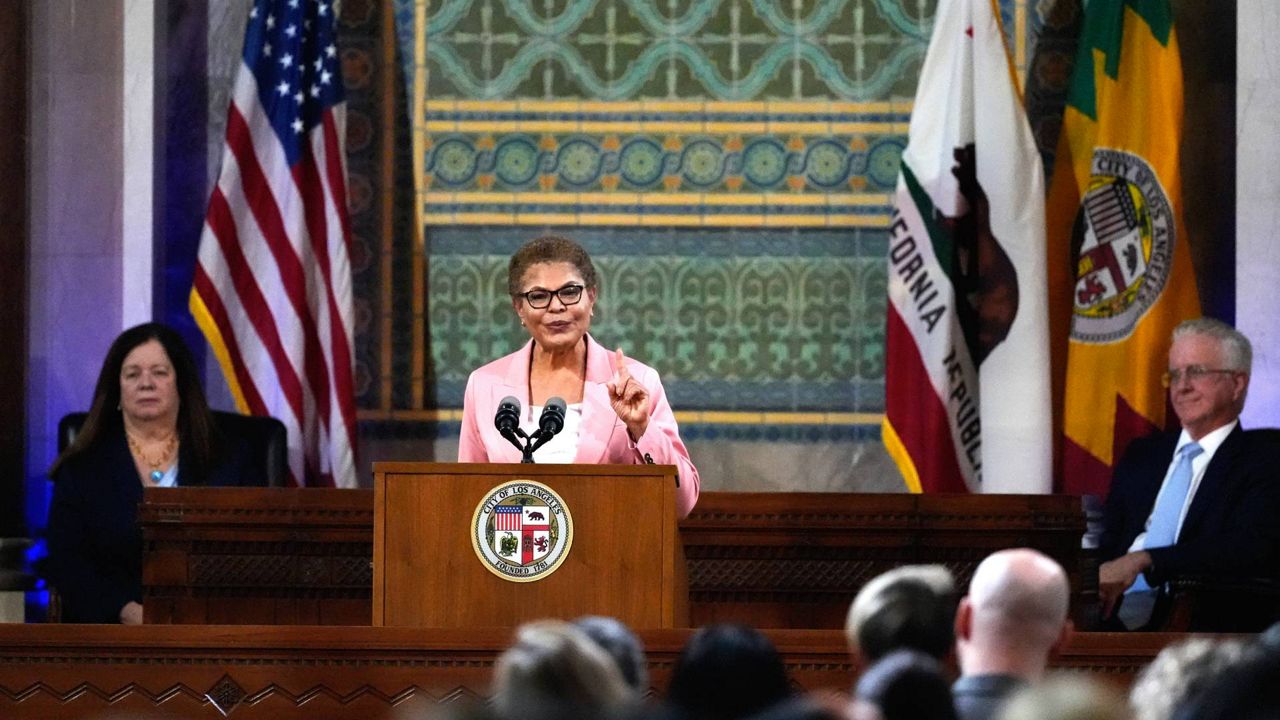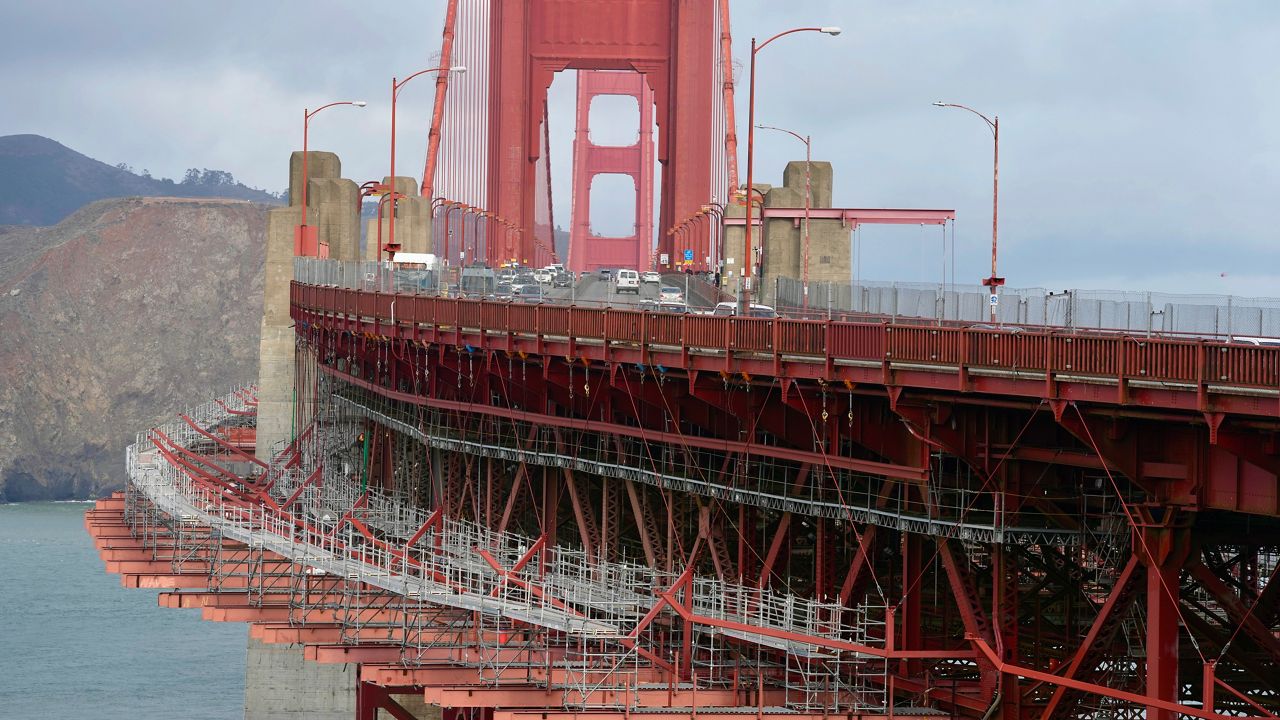Haunted houses and horror movies get most of the attention when it comes to Halloween scares, but some of the holiday’s deadliest activities are driving and crossing the street.
Fatal car crashes increase 13% on Halloween compared with other days of the year, according to National Highway Traffic Safety Administration data.
Children are especially vulnerable. They are more than twice as likely to be hit by a car and killed on Halloween than on any other day of the year, according to Safe Kids Worldwide.
Halloween is a holiday with two sides: the wholesomeness of young children trick or treating with parents and the alcohol-infused partying of older revelers. Both activities increase roadway use. When the two mix, the results can be deadly.
More than 40% of Halloween crashes involve drunk drivers, according to NHTSA. Between 2017 and 2021, 159 people were killed in drunk driving crashes on Halloween night. Adults between the ages of 21 and 34 had the highest percentage of drunk-driving crash fatalities on Halloween in 2021, accounting for 55% of deaths.
It’s good and bad news that Halloween falls on a weeknight this year. While Fridays are the deadliest day for fatal Halloween traffic crashes, Tuesdays rank second, according to a data analysis from AutoInsurance.org.
To help children stay safe, the Auto Club of Southern California recommends parents accompany trick or treaters until they are 12 years old. It also advises pedestrians to stay on the sidewalk, cross the street at crosswalks and avoid walking in front of, behind or between parked cars. Costumes should also be light, bright, reflective and generally easy to see. If not, AAA recommends adding reflective tape to costumes or carrying flashlights.
Drivers have an even more important role to play. AAA recommends they avoid taking neighborhood shortcuts on residential streets where trick or treaters may be present and to be mindful of children in the street. Most importantly, they should slow down and drive sober.
This year, as part of its buzzed driving is drunk driving Halloween safety campaign, NHTSA is reminding drivers that even one alcoholic beverage is too many and recommending they plan ahead if they plan on celebrating by designating a sober driver or calling a taxi or rideshare.









